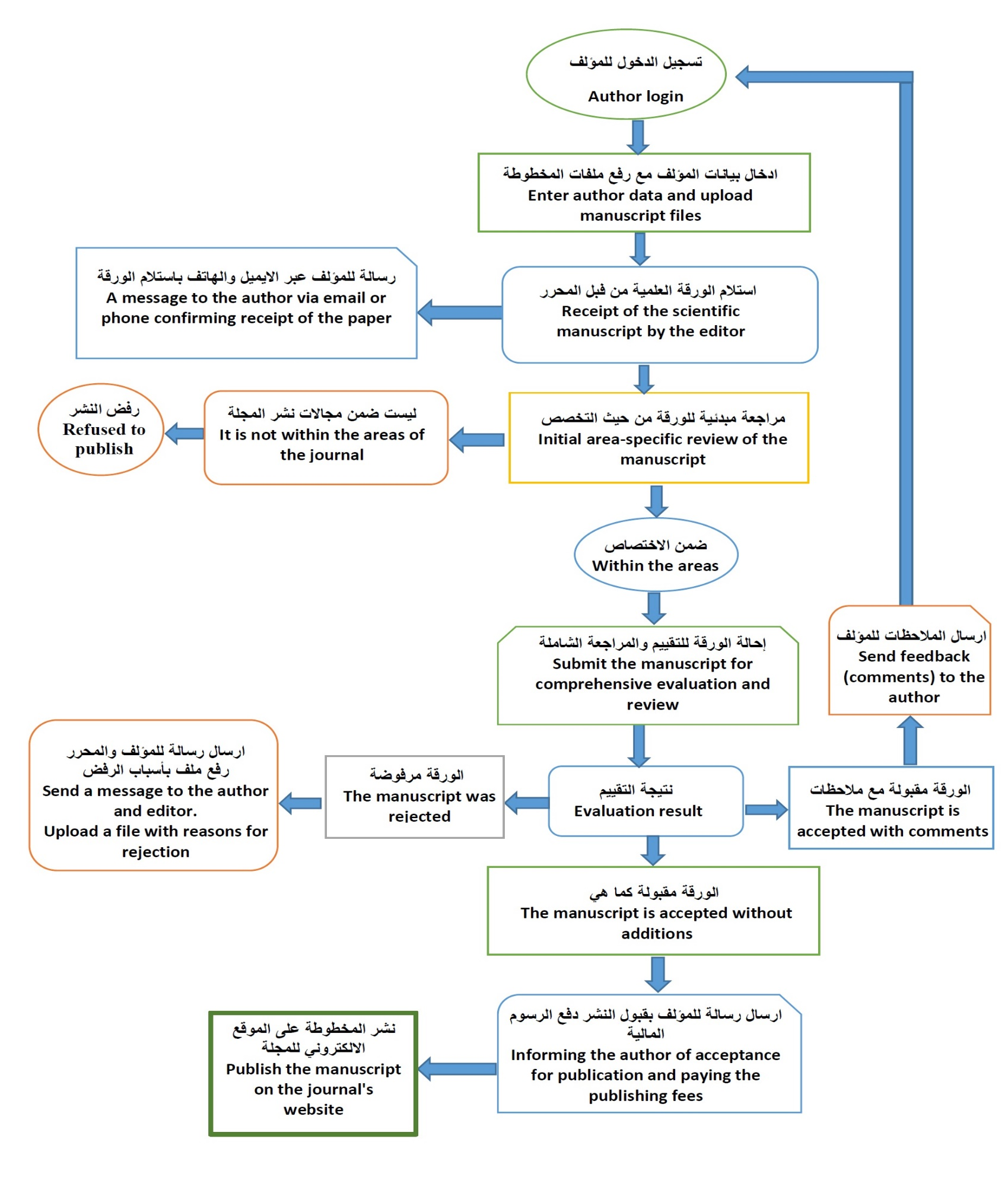International Science and Technology Journal
A peer-reviewed and open access journal concerned with publishing researches and studies in the field of applied sciences and engineering
A peer-reviewed and open access journal concerned with publishing researches and studies in the field of applied sciences and engineering
